Companion Planting: What Not to Plant Together
Here is the thing guys, planting is not always an exact science. We make mistakes, and sometimes we learn through trial and error. Well, that’s what happens with companion planting because we don’t always know why some plants get along and others don’t. Through trial and error, we have learned that some plants just don’t play nice when planted next to each other.
Issues Plants Have With Each Other
Some of the issues plants have with each other are cross-contamination, the release of certain compounds, and bigger plants blocking the sun from little plants. This is where I get my garden seeds: SeedsNow
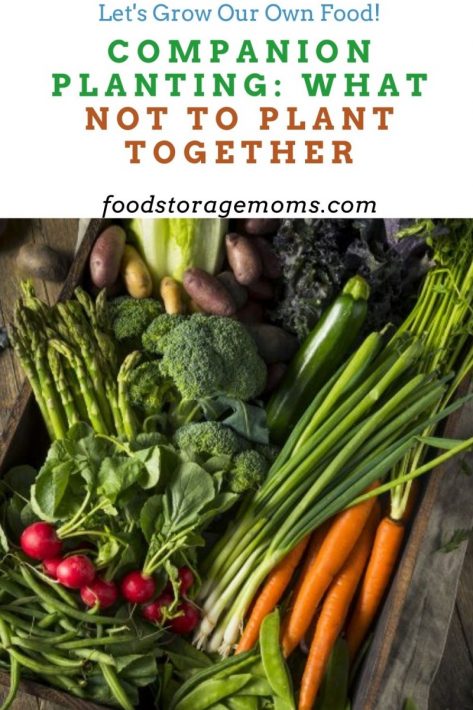
Compound Issues
Plants, including vegetables, release certain compounds into the ground as they grow. Compounds could be nitrogen or potassium which can stunt the growth of other plants by altering the PH level of the soil. Obviously, if a plant puts a lot of these compounds into the ground other plants may have an issue with it.
Cross Contamination
Some plants are more prone to certain diseases or pests. Common pests, fungal and bacterial infections of one plant, can easily spread to other healthy plants not prone to them. If one type of plant gets infected, you don’t want it to take down your whole garden.
Sun Blockers
Obviously, plants need sunlight to thrive. Some need more sunlight than others, but no one likes a sun blocker. Smaller plants (who don’t thrive in shade) do not like to be planted next to towering plants. Those towering plants are bullies and block most of the sun from their companion plants.
As you can see, plants, just like people, don’t get along with everyone.
What is Companion Planting?
Companion planting is basically gardening with a strategy to maximize your growth and harvest. You do this by planting beneficial plants next to each other.
It works in the same way you would choose a companion in life. We choose companions for different reasons, but ultimately, our significant others compel us to be better versions of ourselves (or so they should).
Well, companion planting is kind of like an arranged marriage since plants don’t really get a say so. Instead of setting them up in dysfunctional relationships that steal their sunlight, cross-contaminate them with a disease, or release compounds that hurt them, we have the power to set them up with beneficial partners through companion planting.
Companion Planting: Veggies You Can NOT Plant Next To Each Other
The first step of companion planting is knowing which plants absolutely cannot cohabitate with each other.
Corn and Tomatoes
Keep corn and tomatoes away from each other. They are both prone to getting fungal infections. This means if your corn gets a fungal infection, it will cross contaminate your tomatoes as well. You want to keep these plants on opposite sides of your garden.
Tomatoes and Potatoes
Again, tomatoes and potatoes are both prone to the same fungal infections. So, if one gets it the other will too. Keep tomatoes and potatoes on opposite sides of the garden.
Peppers and Potatoes
Peppers and potatoes like to pass each other disease as well. You will want to keep these guys away from each other at all costs.
Cucumbers and Potatoes
Potatoes tend to choke out cucumbers when planted next to them. So, if you want to prevent the imminent death of your cucumbers, keep them away from potatoes.
Cabbage and Lettuce
Both cabbage and lettuce go in our salads, but they sure don’t like each other. Their compounds don’t mesh well and they shouldn’t be planted next to each other.
Onions, Asparagus, Beans, and Peas
Onions are absorbers. They like to absorb all the nutrients they possibly can, and they definitely take from asparagus, beans, and peas. So, keep them away from each other.
Kohlrabi
You want to keep Kohlrabi away from peppers, carrots, eggplant, onions, parsley, and tomatoes. So, you may want to plant it in its own special section of the garden.
Onions, Garlic, and Leeks
These guys can’t stand beans, beets, cabbage, carrots, cauliflower, corn, cucumbers, or strawberries. If you have these guys in your garden, make sure they stay apart.
Companion Planting: Plants that Go Together
Even though we have quite a few plants that just can’t stand each other, we do have plants that do very well with each other. These are called companion plants. Here are some plants you can plant together:
Group 1
Beans, beets, cabbage, carrots, cauliflower, corn, cucumbers, and strawberries all make good companions for each other. This means you can plant any of these plants next to each other and they will do just fine.
Group 2
You will find that you can plant peppers, carrots, eggplant, onions, parsley, and tomatoes together. These plants do well at keeping the other happy.
Pumpkins and Corn
Pumpkins and corn actually do well together if you plant the pumpkins between the rows of corn. They are considered companion plants. Both plants need full sun during the early growth, however, pumpkins do not need as much later. So, when the corn grows and towers over the pumpkins, it actually creates partial shade for the pumpkins helping both of them to thrive.
Corn and Beans
These two are considered a match made in heaven. Beans love the tall corn stalks to climb on. The corn gets much-needed nitrogen from the beans. They complement each other.
Carrots and Tomatoes
The carrots aerate the soil making it ideal for tomatoes. The tomatoes, on the other hand, provides shade and pest prevention for the carrots to grow. These two help each other succeed.
Lettuce and Chives
Did you know chives repel insects that are naturally attracted to leafy greens? If you want to keep your lettuce safe from pests, plant them next to chives.
Cucumbers and Peas
In this relationship, the peas provide nitrogen to the cucumbers which the cucumbers love.
Planning Your Garden
As you can tell, some veggies don’t like other veggies and vice versa. When planning your garden, it’s important to think about companion planting.
If you have a small garden, you will have to plant vegetables close together. So, it is crucial to choose veggies that work well together. Since pumpkins and corn work well and beans and corn work well, you could have pumpkins, corn, and beans. Try to strategize your garden so you have companion plants next to each other.
Even larger gardens require a little bit of strategic effort. You want to make sure your plants are spaced properly so they get an adequate amount of water and nutrients. It is also important to think of plants that can help keep pests at bay.
Everything You Need to Know Series:
- Cucumbers: Everything You Need to Know
- Kale: Everything You Need to Know
- Broccoli: Everything You Need to Know
- Mushrooms: Everything You Need to Know
- Lettuce: Everything You Need to Know
- Carrots: Everything You Need to Know
- Tomatoes: Everything You Need to Know
- Potatoes: Everything You Need to Know
Garden Gloves
These are my favorite garden gloves: DIGZ Garden Gloves They come in different sizes, that’s what I love the most. These are the best rose bush gloves: DIGZ Rose Bush Garden Gloves I have to get the large size for my hands. These are awesome!
What to Plant by Zone
Not sure what to plant or when? Check out our “What to Plant” posts for each month. They tell you just what to plant in each zone during each month.
- What to Plant in January
- What to Plant in February
- What to Plant in March
- What to Plant in April
- What to Plant in May
- What to Plant in June
- What to Plant in July
- What to Plant in August
- What to Plant in September
- What to Plant in October
Final Word on Companion Planting
According to Duane Newcomb, author of “The Backyard Vegetable Factory,” you can get super yields from small spaces through trial and error. Using what you know above, you can figure out what works best in your garden. Try to plant with a strategy, but try different things to see what works better the next time.
Sometimes we fail, but through failure, we learn! What is one thing you have learned through failure? Share it in the comments below! May God bless this world, Linda
Copyright Images: Vegetables AdobeStock_188869415

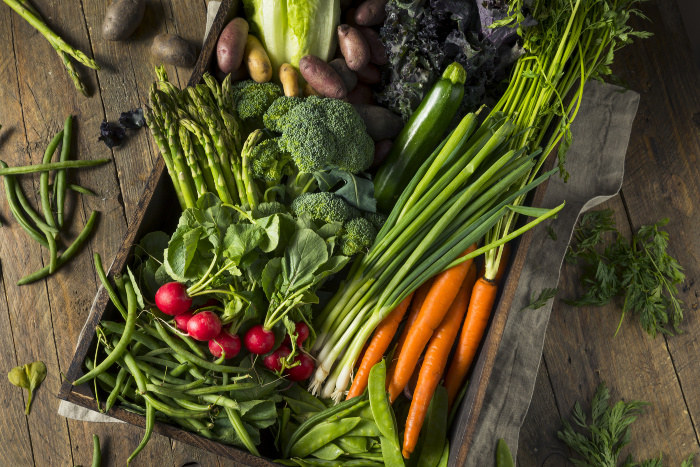

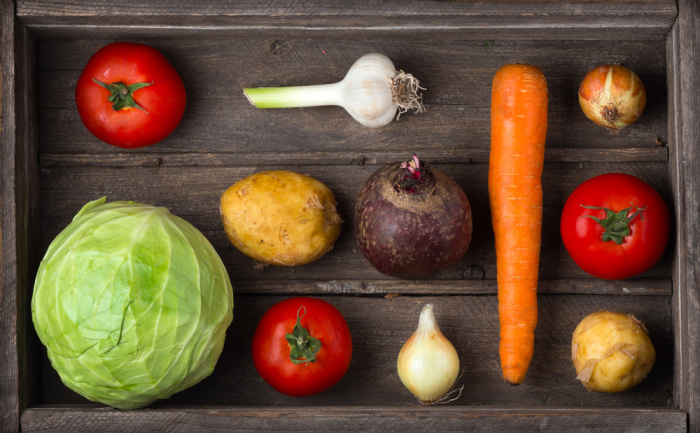
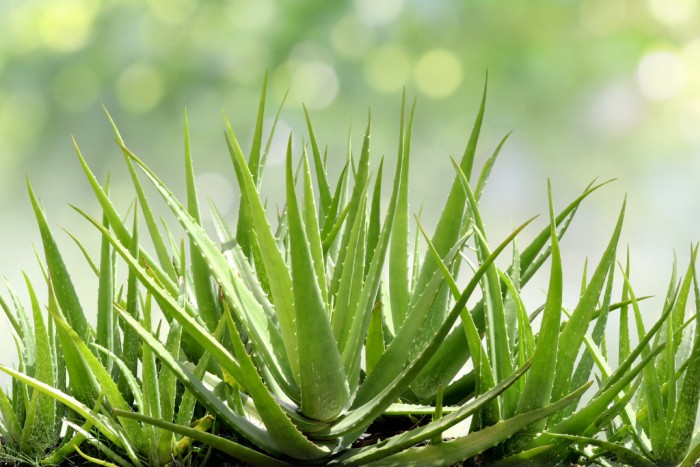
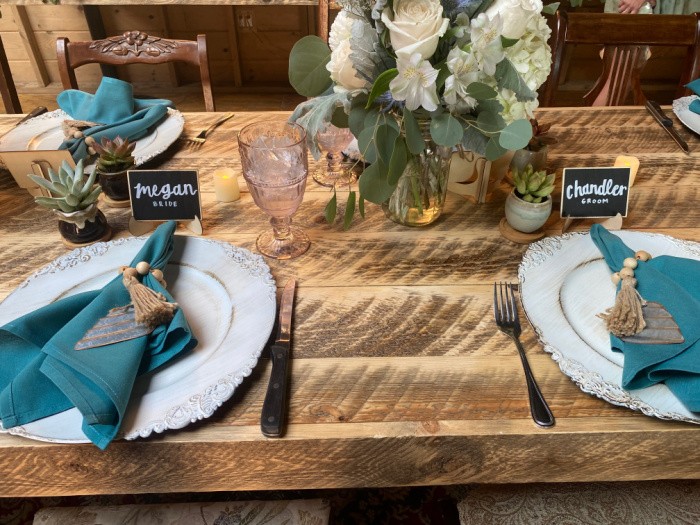
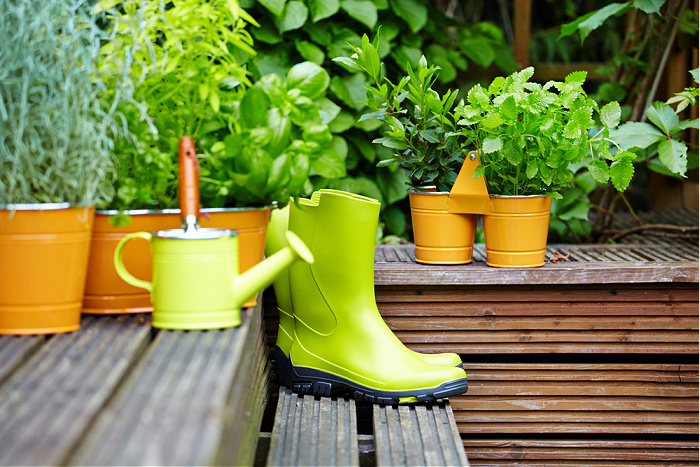
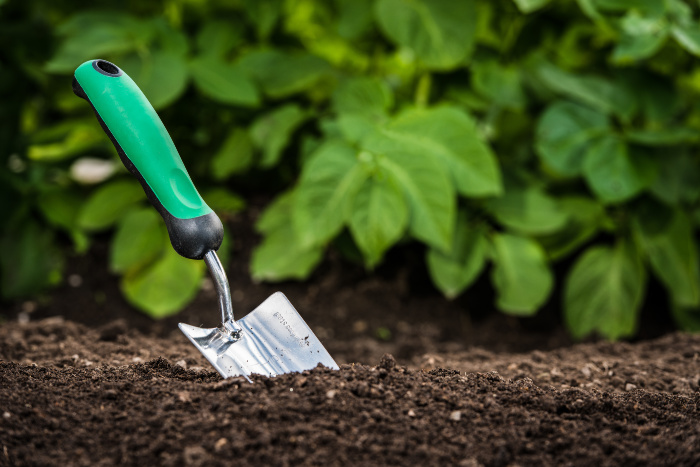
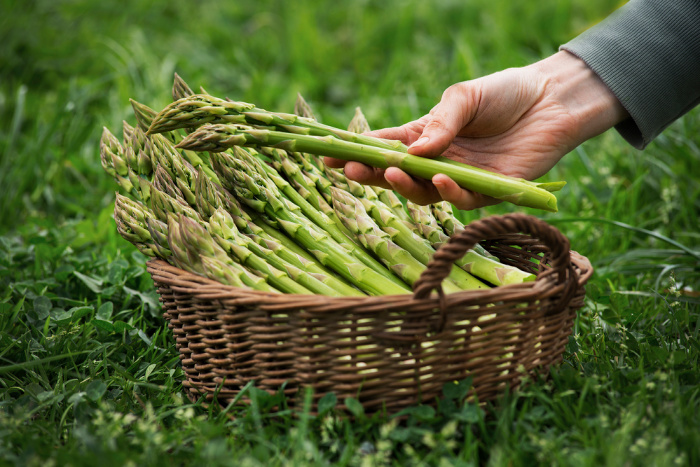

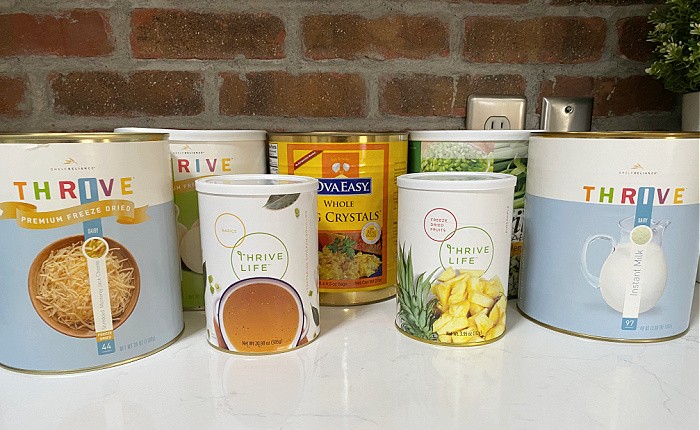
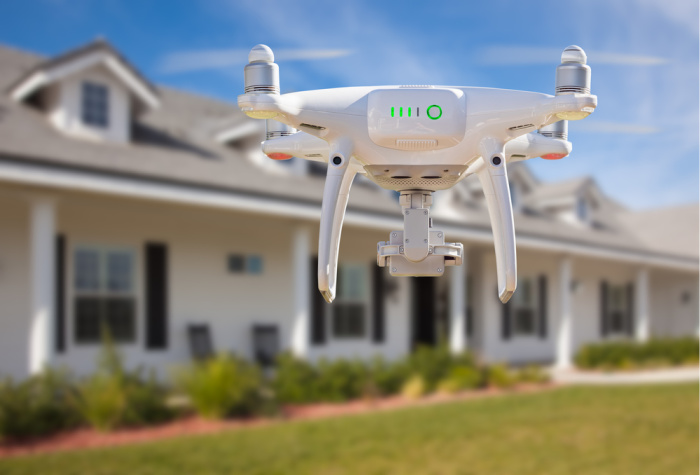
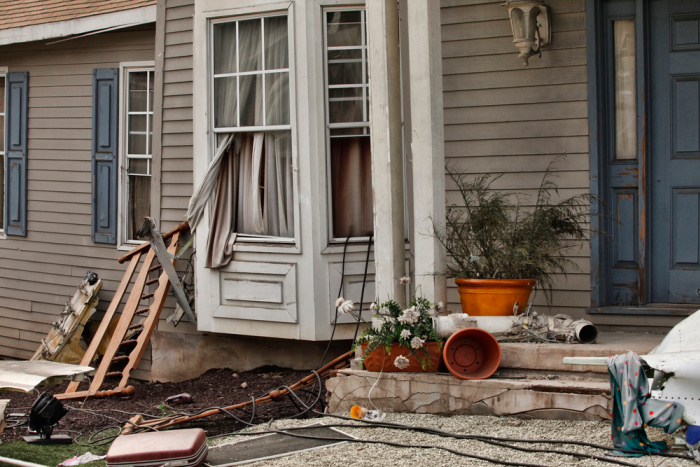
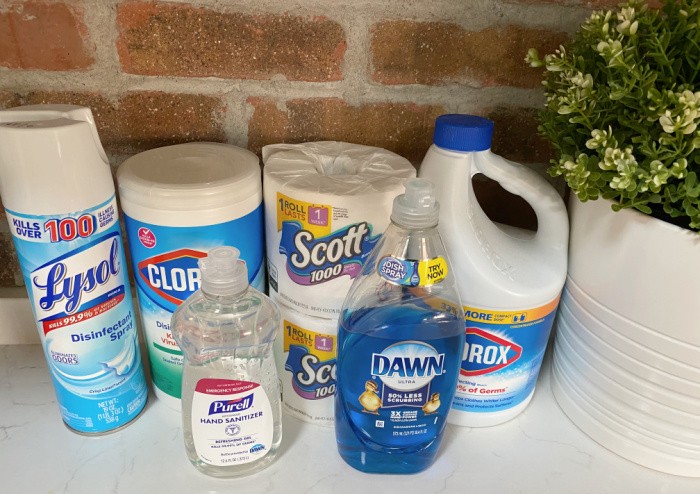
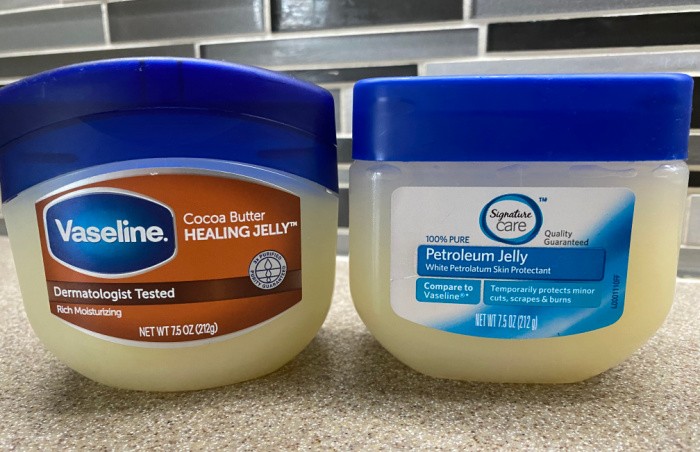

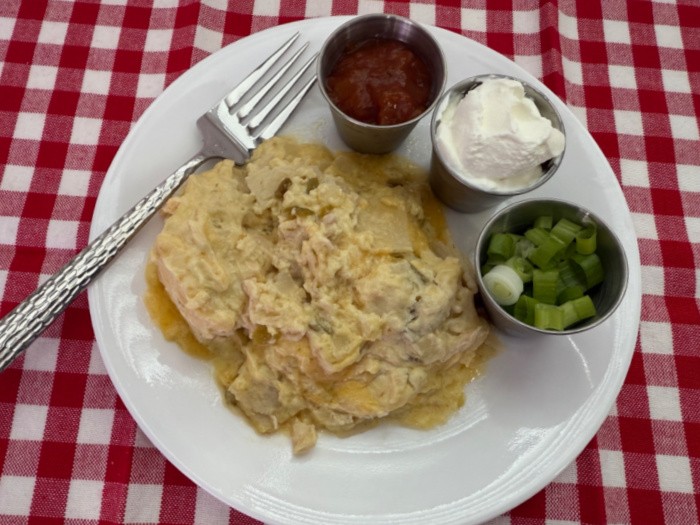
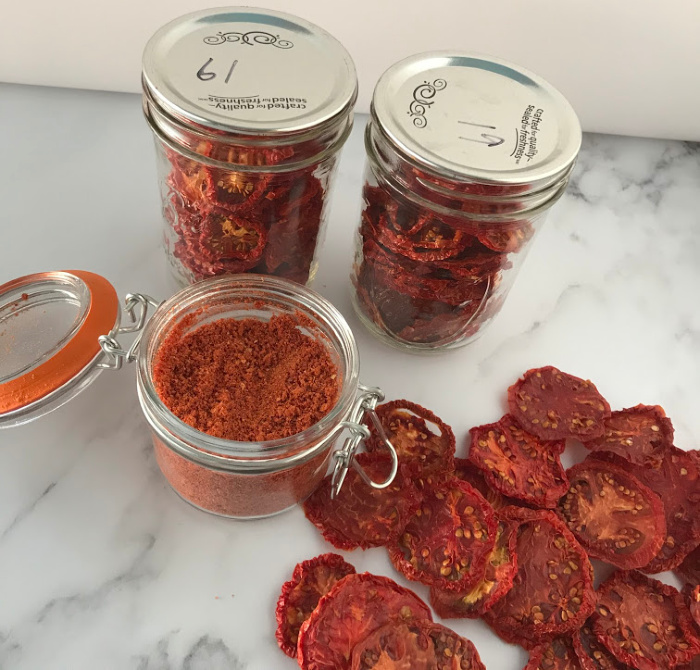
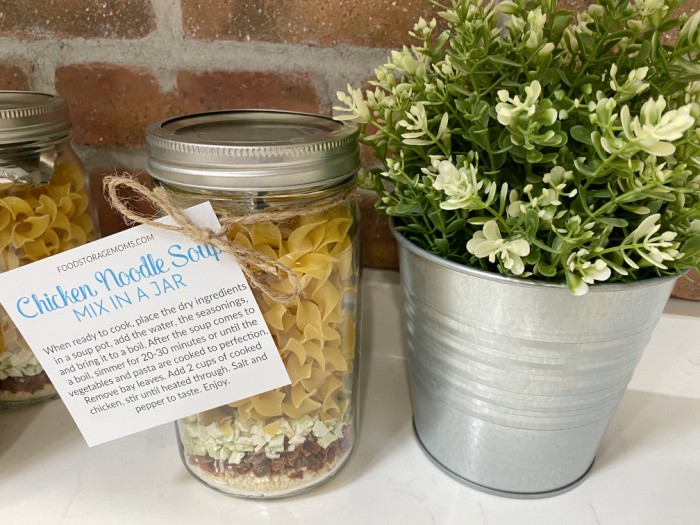
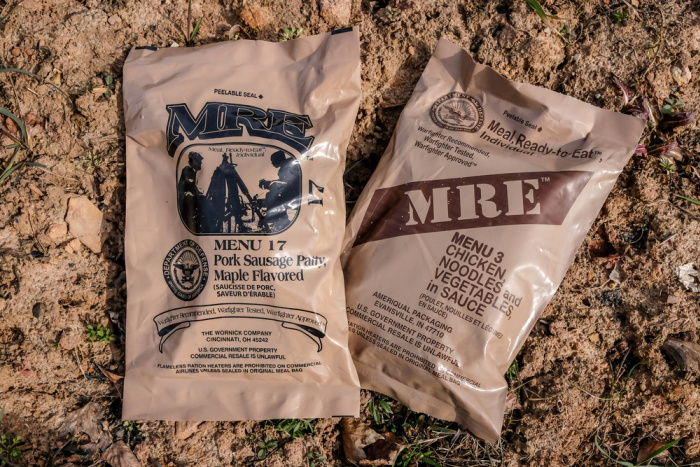
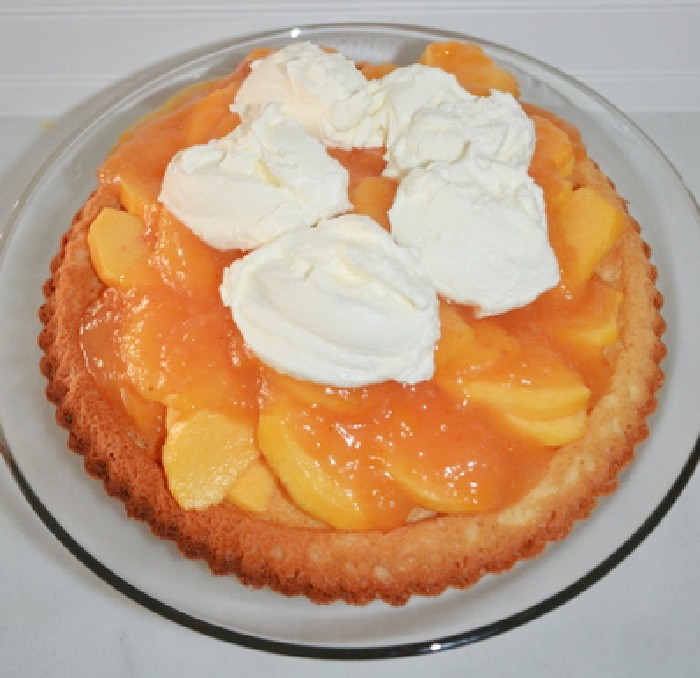

Linda, this is a great topic! Tho I grew up helping my mom garden, I’d never heard the phrase ‘companion gardening’, yet my mom did this, unbeknownst to me. In talking with my oldest sis, she laughed and said ” why do you think she grew dill intermingled with tomatoes?” (Sis is 16 yrs older than me, so she has more mom knowledge.) She then copied me pages about companion gardening she’d got from the county extension agent. Um, mom was still alive during my sister’s gardening years but sis said it was a lot of conversation, much off track, to get Mom to share basic gardening tips, let alone those about companion gardening.
HI Wendy, oh my gosh, I love this! I really use the state extension services for so many things. The “dill” story is the best!! Great comment! Linda
For seed savers, some similar plants can cross pollinate and cause issues down the road. Squashes are a whole families of plants that can cross pollinate and you get hybrid seeds of mixed parentage. I don’t particularly care for squash so I don’t plant them, but for folks who do they may want to take a peek at this article, especially if we’re forced to grow our own crops year after year with our own seeds.
https://davesgarden.com/guides/articles/5-tips-for-avoiding-squash-cross-pollination
And growing up in New England as a child I learned about how the pilgrims were shown the native methods of growing called the three sisters. Planting corn, beans and squash together so the beans can use the corn stalk to climb and the squash shades the ground to keep the ground moist as well as some varieties keep critters away with prickly leaves.
https://www.almanac.com/content/three-sisters-corn-bean-and-squash
Thanks for the great articles!
Hi DMWalsh, I have heard of those three sisters planting! Thank you for the links and the reminder. Love it! Linda
Hi Linda,
Wow! This post came just in time. I can’t wait to get out there. I look forward to the natural exercise.
Have a great day.
Hi Nina, Life is good in the garden!!!! Linda